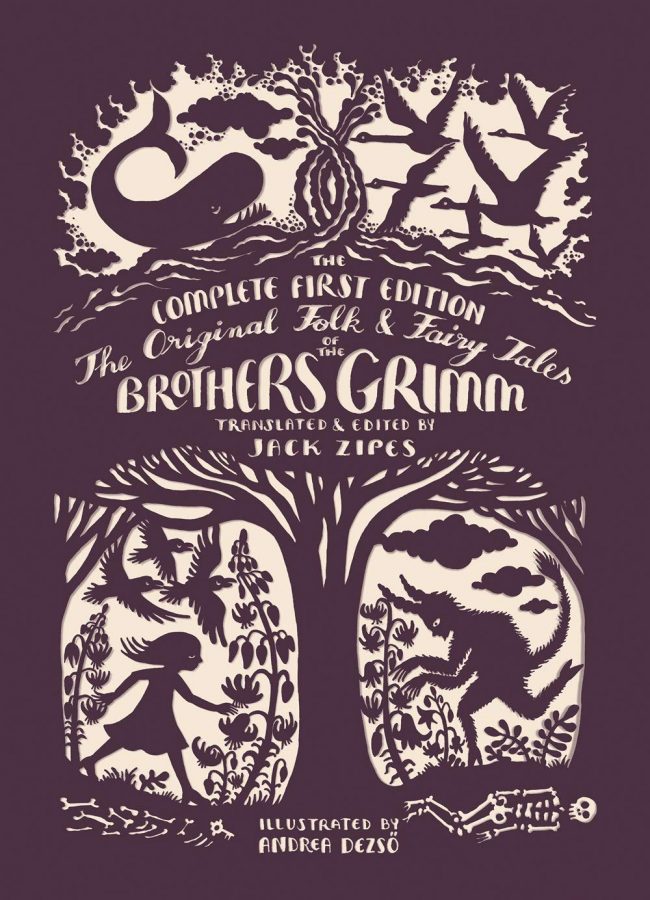Grimm Brothers entertain with gore galore
Everyone has seen Disney classics such as “Cinderella”, “Hansel and Gretel”, and “The Little Mermaid”. These light-hearted fairy tales show happily ever afters, villains, defeats, and limited violence. A smaller number of people have read the origin stories to these tales, written by Jacob and Wilhelm Grimm. These are gorier, not so happy stories that do not receive as much attention as they should. As someone who gets bored of happy endings and heroic victories, I was drawn to the Grimm Brothers and absorbed their morbid versions of these classic fairy tales.
While the stories are not over the top disgusting, they offer a more imaginative telling, along with life lessons that are so subtle only those who pick through the text with a fine tooth comb could recognize them.
One of the most popular stories would be “Cinderella”, the girl with the glass slipper. Instead of her riding off in her carriage with the prince, the bird friends around her seek revenge on her stepsisters and pluck out their eyes. This plot twist is shocking for those who grew up on fluffy stories.
In “Rapunzel”, instead of Flynn Rider to the rescue, the evil witch hides Rapunzel and the prince falls on a thorn bush and loses his sight.
In ¨Sleeping Beauty¨ the Prince impregnates while she sleeps and she gives birth to twins, and she has not even woken up yet. She is awoken when one of her children mistakes her finger for her breast to breastfeed, and she sucks out the poison, awakening Talia (the name of the original Aurora).
These make for much more entertaining stories because much of the human population finds more enjoyment in gore and disturbed plots than in princesses falling in love with a prince and living happily ever after with no flavor to the plot.
Plentiful messages are written into the Grimm fairy tales, such as the hardships of having a blended family. In almost every tale, the villain is a mother, stepmother, or a witch who can be seen as a mother figure. This shows how in a blended family, children could have lots of anxieties about their step-parents, especially the stepmother. When the “mother figures” in these tales abuse and torment the protagonists, it only adds to the idea that blended families can be very difficult to live with, and are not always for the best. Some blended families are amazing, however back in the times these tales were written, blended families usually did not function well; side note, a lot of mothers from that time period died in childbirth. This shows that many times, the blended families introduced a new mother, rather than a new father, which is why the focus of these fairy tales is on an evil stepmother opposed to an evil stepfather.
The story of “Hansel and Gretel” is similar to the aforementioned topic, however it digs deeper into the unconscious mind. The woods represent the subconscious, and all the anxieties that live in childrens’ minds such as abandonment, cruel parents, and strangers. Speaking from experience, sometimes the biggest monsters are the ones that live in our heads, and these fairy tales use metaphors to demonstrate that.
The best Grimm Brothers stories that I would recommend would be “Cinderella”, and “Snow White and the Seven Dwarves”, which are very different from their Disney films, and “Rumplestiltskin”, and “Death’s Messenger”, a very short story about what happens to those who meet death along the path of life.
Overall, “Grimm Brother Fairy Tales” make for a much better read than movie adaptions or rewritten versions of the stories. They have so much detail, entertaining violence, and allow for children to learn about themselves and how their minds work.


